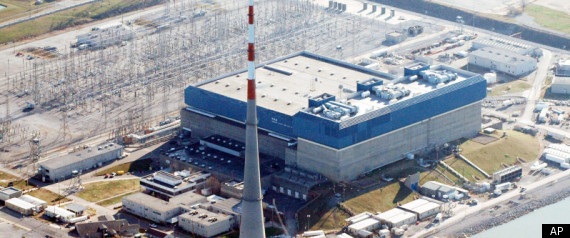Source: The Japan Times
Date: Tuesday, May 10, 2011
Town residents allowed quick visit to collect belongings
Kyodo
FUKUSHIMA — Residents of the village of Kawauchi, designated as part of a no-go zone due to the ongoing crisis at the nearby nuclear power plant in Fukushima Prefecture, briefly returned home Tuesday to pick up personal belongings.
The evacuees were the first among residents of nine municipalities located in the legally binding no-entry zone, which covers areas within a 20-km radius of the radiation-leaking Fukushima No. 1 plant, to be allowed to visit their homes since the government designated the area off-limits on April 22.
A total of 92 evacuees, aged between 21 and 85, from 54 households made the two-hour trip and were allowed to retrieve items that could be put into plastic bags measuring 70 cm in both length and width, according to Kawauchi village officials.
The evacuees wore protective suits, masks, goggles and gloves for protection against radiation exposure and returned home on government-chartered buses.
...
Read full article here


